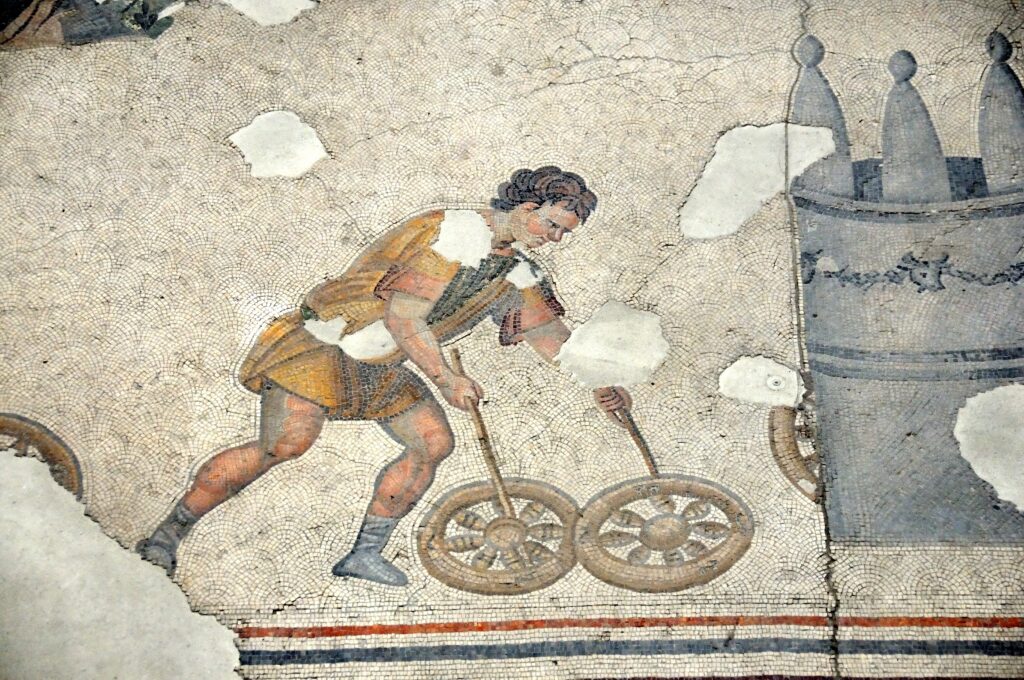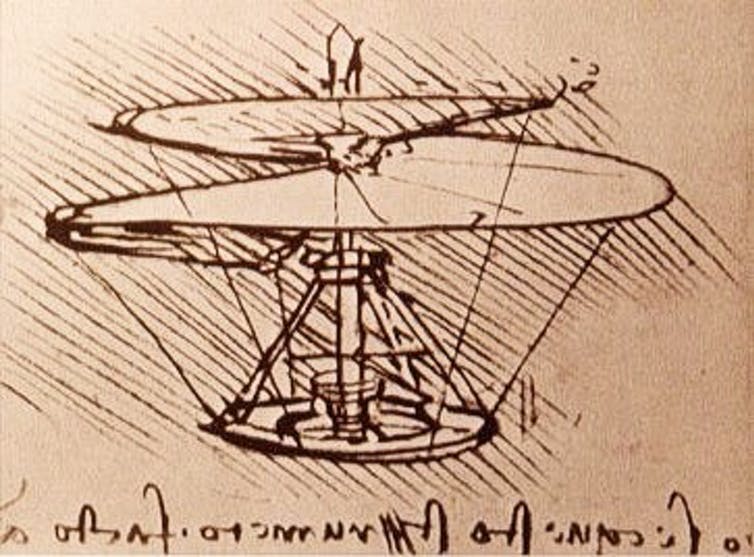
So, what does Arvis, Leonardo Da Vinci and Galileo all have in common I hear you ask?
Well… bearings of course! The historiography on bearings and all that comes with it however is unfortunately for the average bearing reader and lover, limited. However, this blog will look to change this and delve into the history of a machine element which has graced the world for millennia and what we here at Arvis are all about.
Believe it or not, bearings are much older than many think. Only, our directors here at Arvis, are one of the last known things that predates the first use of a bearing, they both even predate the invention of the wheel!
The early stages of civilization, as communities and tribes began to form, they discovered ideas such as adding rolling logs of wood underneath an object. This, being a rudimentary form of a roller bearing demonstrates the importance of the invention and the advancements it is about to make over the next thousands of years.

Ancient Bearings:
The Ancient Egyptians, known for their Pyramids, Sphinx’s and Pharoah’s are also known, maybe even more so than the that, for the use of Bearings. There’s much speculation on whether the Ancient Egyptians used bearings to build the pyramids. Although through the Egyptians own illustrations, inside the Ancient Egyptian ruler Djehutihotep’s tomb, there are drawings that depict the process of moving massive blocks of stone on sledges using liquid-lubricated runners which would constitute as plain bearings.

Though it’s not until around 40 B.C where we have our first example and proof of the use of bearings. Lake Nemi, just south of the ancient capital of Rome is our earliest recorded example of a rolling element bearing with a wooden ball bearing supporting a rotating table, from the remains of a Roman Nemi ship.

Further on from that Leonardo Da Vinci included the idea of roller bearings in many of his designs, including the helicopter in 1500 AD and where it has been said that the reason the Mona Lisa refused to smile in her portrait was because Da Vinci would not speak of his love of bearings to her.
With this some of the main ways in which the ancient world incorporated the first ideas of bearings, was by helping carry heavy loads in a quick and efficient manner and supporting heavy structures which needed to be able to move on their axis. Galileo when he took time out of throwing objects off the Leaning Tower of Pisa, made the earliest description of a fixed ball or cage mounted ball bearings in seventeenth Century. One of the first practical uses of this description was used inside Horologist John Harrison’s H3 marine timekeeper, where although limited to a small motion it was later applied to other Harrison designs on a regulator clock.
The Industrial Revolution:
The times of industrialization through Britain and then Europe coincided with the advancements of bearings. The use of bearings played an integral part in the industrial revolution with machinery being allowed to work more efficiently. The first patent on bearings was awarded to British inventor Phillip Vaughan from Carmarthen, his modern design incorporated a ball running along a groove in an axle assembly. Over their history bearings have been made of many materials, including ceramic, sapphire, glass, steel, bronze, and other metals. Friedrich Fischer a German inventor created the first independent Bearing company in 1883 where Fischer is now considered the ‘father of ball bearings’
The War Effort:
Going on half a century later from the advancements in industry across Britain and the world. Bearings played a big role in the Second World War. Bearings were a vital part of many of the components of the war. During the War, ball bearings and the machinery for producing them were among the most sought‐after and disputed products. They were vital in the use of tanks, machine guns and submarines. Historians claim that ball bearing factories across Europe were a coveted piece of intelligence, Sweden’s ball bearing industry was very important for both sides of their respective war efforts, compromising at a total of 58% of Nazi Germany supplies and 31% of British supplies. Crippling the Nazi German ball bearing imports was key to American and British strategy after it became known of its shortage of ball bearings within Nazi Germany, American plans were to bomb key ball bearing factories which accounted for a large percentage of not only ball bearing production but key war production to exasperate the perceived Nazi German shortage. A raid in February 1944 by the British and American’s focused upon Schweinfurt a place which accounted for a significant amount of ball bearing production and damaged Nazi German industry greatly.
The Arvis Evolution:
As the expression of all roads lead to Rome goes, the same came can be said about the history of bearings, it leads to the creation of Criptic Arvis in 1981. Thurmaston, England is where the Centre of the evolving world of Bearings excellence can be found.
Thomas Heathcote BA Hons
